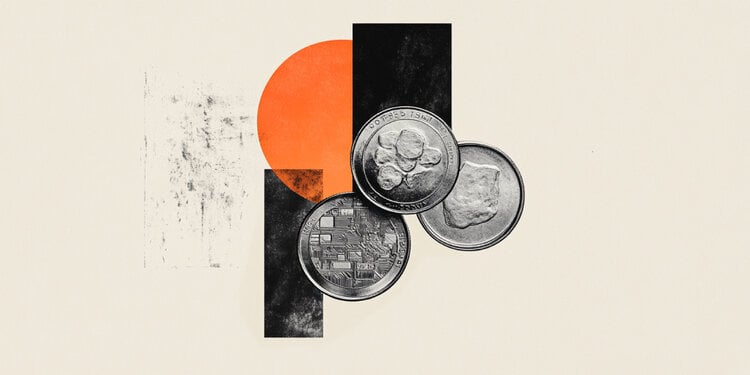- President-elect Donald Trump is expected to unveil a series of executive directives designed to push through tax measures, tariffs and stimulus actions.
- Strong housing numbers, including rising permits and starts, suggest the U.S. economy remains on solid footing heading into the new year.
- Markets evaluate new cues from Fed officials.
The US Dollar further consolidates at current levels on Friday, with the US Dollar Index (DXY) holding around 109.00 and looking for direction. Markets are left clueless after comments from the Federal Reserve’s (Fed) Waller suggesting a March rate cut is still on the table, as markets assess new low-level data ahead of Trump’s inauguration.
Daily Market Summary: USD regains some ground ahead of Trump inauguration, Fed signals
- Fed Governor Christopher Waller offered a more dovish tone, highlighting favorable inflation results that could justify a near-term rate cut, mentioning that a rate cut in March remains a possibility if incoming data supports higher price moderation.
- Treasury Secretary nominee Scott Bessent emphasized the need to preserve the US dollar’s status as a global reserve currency and defended the idea of an independent Federal Reserve, while suggesting that any pass-through of tariffs to consumer prices could be partially offset by changes in the exchange rate.
- On the data front, minor data such as building permits and housing starts exceeded many analysts’ expectations, while industrial production rebounded noticeably, underscoring continued US economic momentum.
- Equity markets remain upbeat, with US stocks gaining more than 1% intraday, which could reflect optimism about the new administration’s aggressive policy agenda.
- The CME FedWatch tool shows that markets have roughly priced in rates to remain unchanged at the next monetary policy meeting, as the central bank hopes to interpret new data and evolving policy factors.
DXY Dollar Index Technical Outlook: Bouncing after profit-taking, aiming for multi-year highs
After profit taking briefly dragged the Dollar lower, the US Dollar Index managed to regain territory above 109.20. Despite intermittent selling, the DXY remains near multi-year highs as fundamental indicators continue to support the dollar’s bullish trend. Significantly, the 20-day simple moving average has repelled sellers, serving as a solid support point for the bulls.
While a short-term decline is plausible if new data or policy announcements disappoint, the prevailing technical structure means buyers can quickly reappear to defend the Dollar’s momentum.
US Dollar FAQs
The United States Dollar (USD) is the official currency of the United States of America, and the “de facto” currency of a significant number of other countries where it is in circulation alongside local banknotes. According to 2022 data, it is the most traded currency in the world, with more than 88% of all global currency exchange operations, equivalent to an average of $6.6 trillion in daily transactions. After World War II, the USD took over from the pound sterling as the world’s reserve currency.
The single most important factor influencing the value of the US Dollar is monetary policy, which is determined by the Federal Reserve (Fed). The Fed has two mandates: achieve price stability (control inflation) and promote full employment. Your main tool to achieve these two objectives is to adjust interest rates. When prices rise too quickly and inflation exceeds the 2% target set by the Fed, the Fed raises rates, which favors the price of the dollar. When Inflation falls below 2% or the unemployment rate is too high, the Fed can lower interest rates, which weighs on the Dollar.
In extreme situations, the Federal Reserve can also print more dollars and enact quantitative easing (QE). QE is the process by which the Fed substantially increases the flow of credit into a clogged financial system. This is an unconventional policy measure used when credit has dried up because banks do not lend to each other (for fear of counterparty default). It is a last resort when a simple lowering of interest rates is unlikely to achieve the necessary result. It was the Fed’s weapon of choice to combat the credit crunch that occurred during the Great Financial Crisis of 2008. It involves the Fed printing more dollars and using them to buy US government bonds, primarily from financial institutions. QE usually leads to a weakening of the US Dollar.
Quantitative tightening (QT) is the reverse process by which the Federal Reserve stops purchasing bonds from financial institutions and does not reinvest the principal of maturing portfolio securities in new purchases. It is usually positive for the US dollar.
Source: Fx Street
I am Joshua Winder, a senior-level journalist and editor at World Stock Market. I specialize in covering news related to the stock market and economic trends. With more than 8 years of experience in this field, I have become an expert in financial reporting.







